[Drive sightseeing] Hot springs and photogenic course
![[Drive sightseeing] Hot springs and photogenic course](https://resources.matcha-jp.com/resize/720x2000/2025/02/17-224697.webp)
Rent a car from Kansai International Airport and hit the road! This 5-day Shikoku drive trip is packed with breathtaking views, hot springs, and delicious food. 🚗 Explore the whirlpools of Naruto, visit Kotohira Shrine, relax at Dogo Onsen, and enjoy local flavors at Hirome Market— a scenic and photo-worthy journey through the best of Shikoku! 📸✨
4 nights and 5 days
Spots introduced in this itinerary
Kansai International Airport is an international hub airport with an extensive network of international and domestic flights. It is used by many people as an offshore airport with multiple 4,000m-class runways that can operate 24 hours a day, and as an airport that coexists with the local community and the environment.
The contents on this page may partially contain automatic translation.

![Kansai Airport/Itami Airport/Kobe Airport [Official]](https://resources.matcha-jp.com/resize/100x2000/2023/12/08-155804.webp)










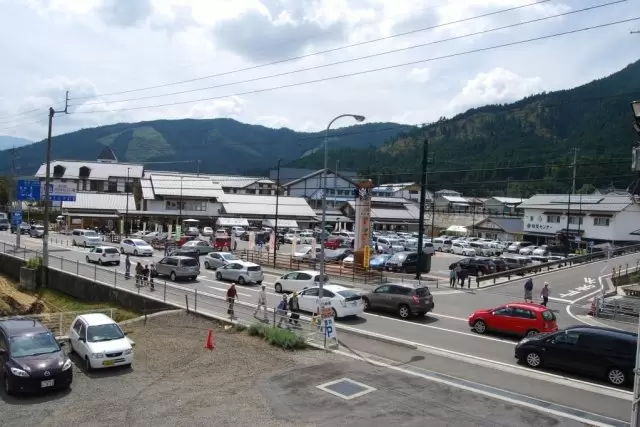




























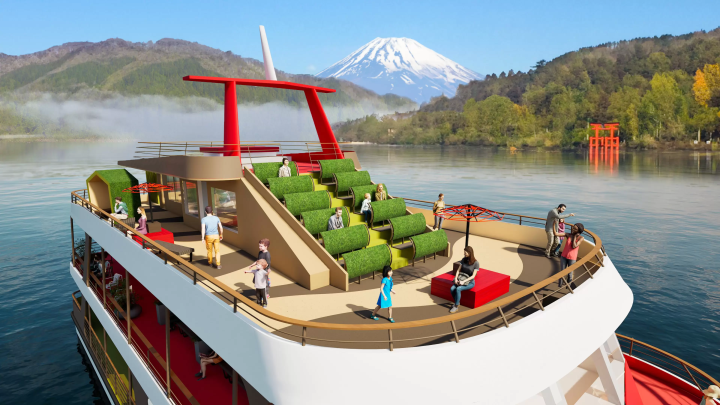



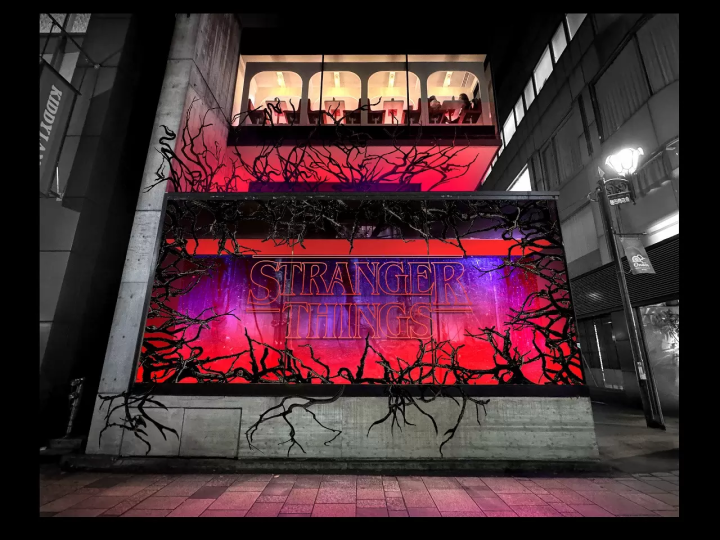





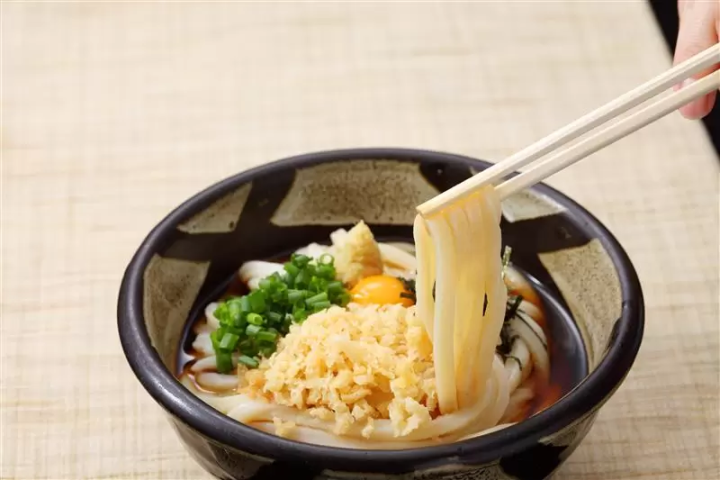

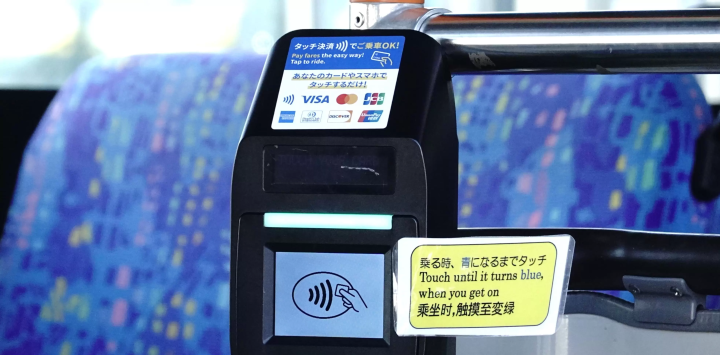
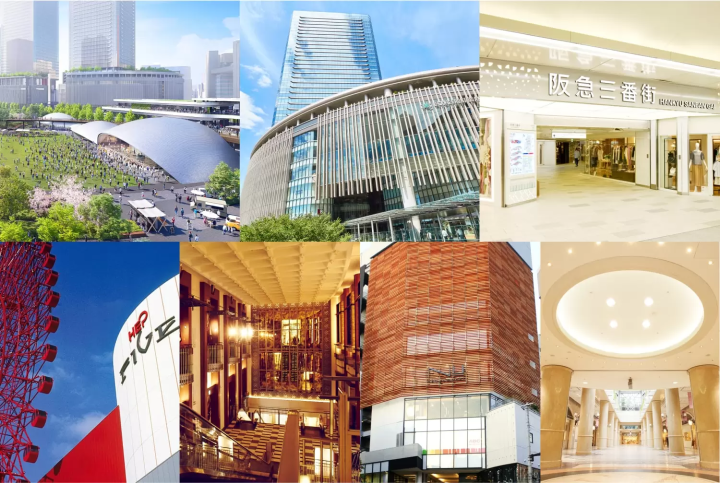
![[2 hours from Tokyo ] 10 Quiet and Breathtaking Views of Mount Fuji in Yamanashi Hokuto City , Yamanashi - Part 2](https://resources.matcha-jp.com/resize/720x2000/2025/12/16-253037.webp)